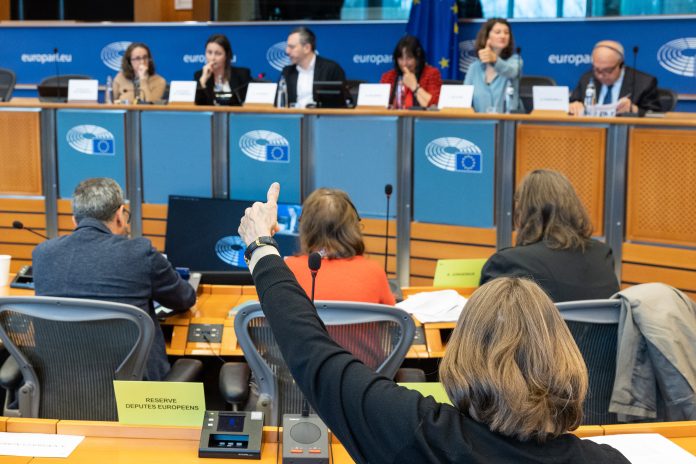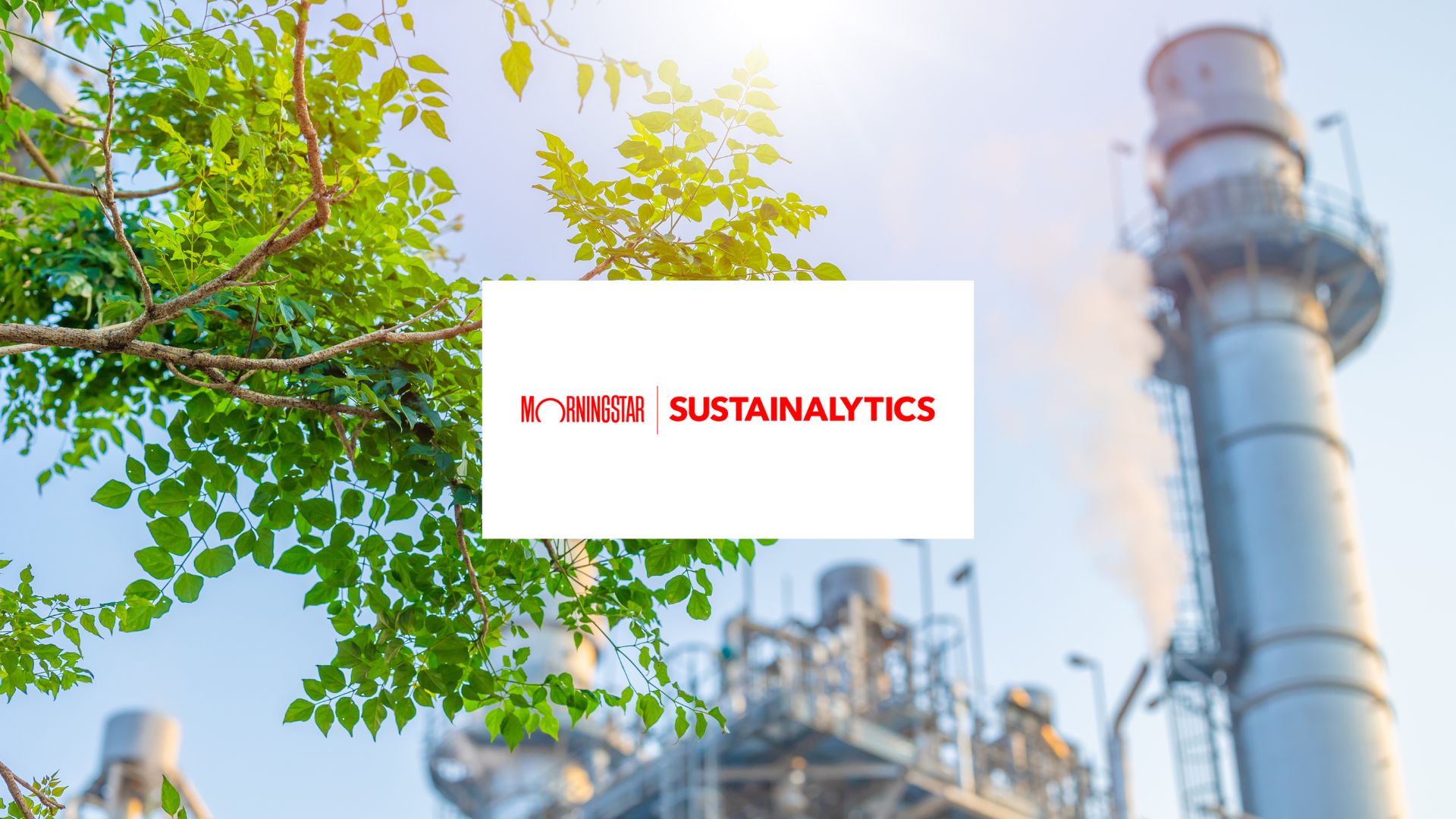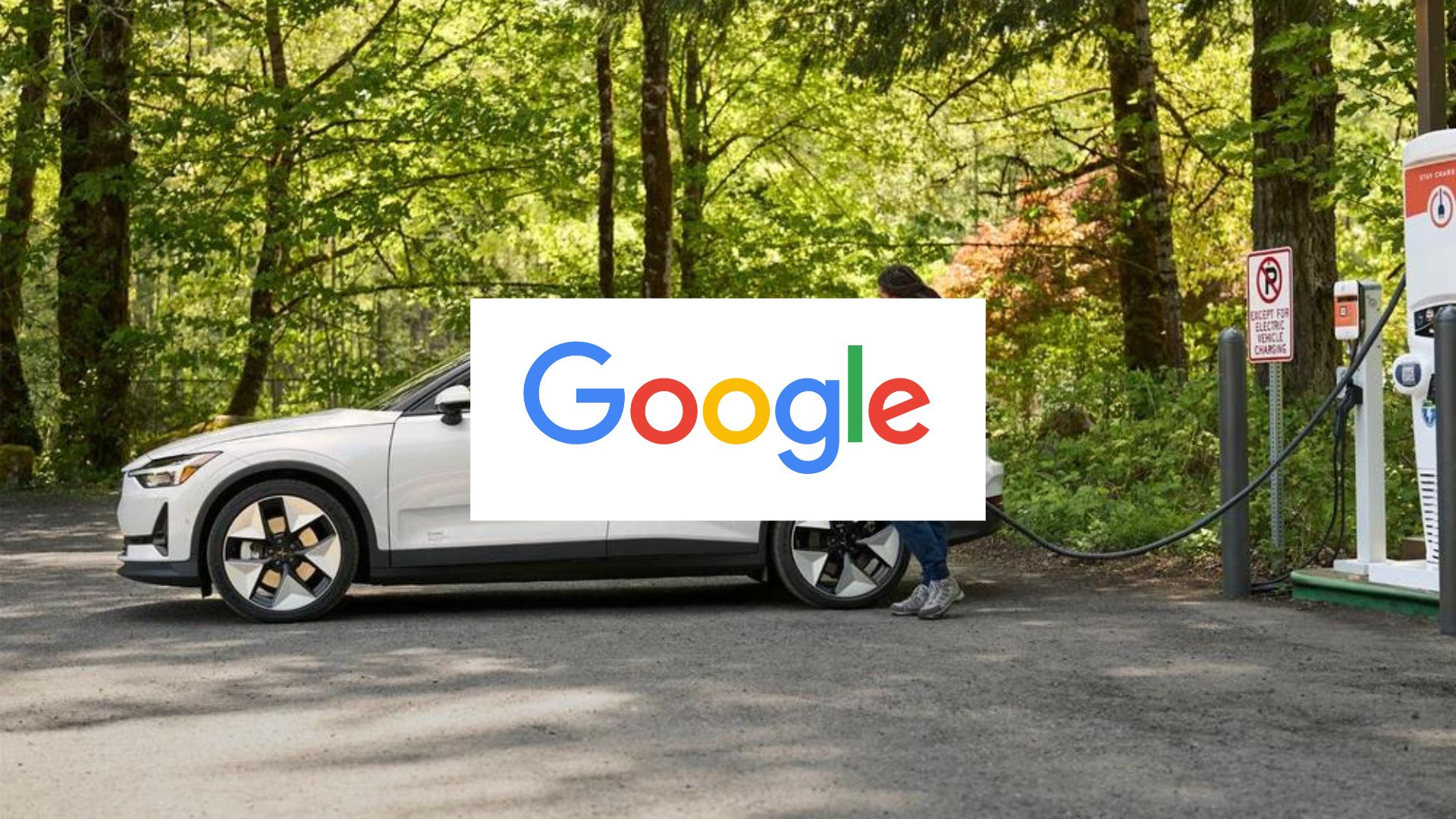Latin America’s Importance in Energy Transition Expected to Grow, Says Yergin

The transition to lower carbon-emitting fuel resources may give Latin America a new economic edge, according to energy expert Daniel Yergin.
In a conversation with NGI earlier this month, the vice chairman of IHS Markit and chair of CERAWeek said Latin America may see its fortunes rise as “enormous” amounts of copper and other earth elements will have to be mined to make products such as batteries.
“In getting to a new map, it really came to me that we move from this era of Big Oil and Big Gas to Big Shovels,” Yergin said. “We need so much mining to support these ambitions…to try to move mining in the United States is pretty challenging.”
Chile is the world’s No. 1 copper producer. However, a newly elected president “wants to restrict the copper industry and restrict investment,” Yergin noted.
Gabriel Boric, who will be 36 when he is inaugurated as president in March, is a former student protestor who has called for an upheaval in the country’s economic structure. It’s still unclear if he would push for any major changes in the nation’s mining sector. He has said he is in favor of a state lithium company.
Is Latin America’s importance in the energy transition expected to grow?
“Yes, I think it will,” Yergin said. “It’s a major, major source of lithium, a major source of copper. Those are two of the critical elements in the energy transition.
“But you also have across Latin America a wave of populism… Resource nationalism is not just about oil and gas, it’s also about minerals, definitely, with the batteries and everything else.”
Chile, Argentina and Bolivia are home to the largest lithium deposits on earth in what is known as the Lithium Triangle. Mexico President Andrés Manuel López Obrador, meanwhile, has recently pushed for a constitutional reform that would give the Mexican state the exclusive right to develop the country’s lithium resources.
Oil, Gas Investment Still Needed
Nations may be working to transition to net-zero carbon, but recent events prove that it will be decades before oil and gas are replaced by alternative energies, according to Yergin.
In a recent interview with NGI, the energy expert and economic historian talked about how the world has changed since September 2020. His book, “The New Map: Energy, Climate, and the Clash of Nations,” which Yergin wrote in longhand like the rest of his books, was published by Penguin Press at that time.
Yergin wrote an updated epilogue published last fall to make sense of what’s happened since the pandemic began.
“I feel that the book resonates even more now than it did a year ago,” Yergin said, “because the issues I was writing about have come so much to the forefront. And obviously, we’re not out of Covid.”
Yergin, who was named Energy Writer of the Year by the American Energy Society for the best seller, won a Pulitzer Prize for General Nonfiction in 1991 for “The Prize: The Epic Quest for Oil, Money & Power.” When he speaks, global leaders take heed, and the energy industry takes notes.
Facing Multiple Challenges
The New Map traces the pre-pandemic growth during the Lower 48 shale and tight resources revolution, as the country became a top oil and liquefied natural gas (LNG) exporter. With the pandemic sharply cutting into energy demand, oil and gas development spending was reduced. Now the world is paying a hefty price, and it may continue until oil and gas developments are sanctioned.
“Geophysical maps change very slowly,” Yergin writes in the new epilogue. “But political, technical and economic maps can change quickly, revealing new topographies that present multiple challenges and need to be traversed with care and thought. We are on such terrain today.”
The goal of achieving net-zero carbon emissions came face to face with reality last November, ironically during the United Nations (UN) Climate Change Conference of the Parties, aka COP26, in Scotland.
“Basically, it was very striking that at the same time COP26 was taking place in Glasgow, both Europe and Asia were experiencing an energy crisis because of underinvestment in unconventional resources and not enough wind in the North Sea to generate electricity,” Yergin told NGI.
“The connection went unremarked,” but it was an “important question” about how to ensure enough investments are made to ensure there is enough energy to consume.
“The…perspectives in the investment community are short sighted, and they don’t take scale and legacy of the energy system,” Yergin said. “Oil and gas demand are going to continue to rise. If you don’t have adequate investment, we’ll go through these cycles, as we’ve just seen in Europe and Asia, creating shortfalls and impacts on the economy.”
It’s more challenging today than in decades past to pull together adequate investments for fossil fuel projects, Yergin noted.
‘Pre-emptive Investment’
The challenges to funding oil and gas today include price volatility, changing government regulations, diverging long-term demand scenarios and the various criteria for environmental, social and governance (ESG) initiatives, according to IHS Markit. These factors have raised the cost of capital for long-cycle projects and made investment decisions more complex.
Yergin said the “additional layers of complexity and the uncertainty that brings is fostering an environment of ‘pre-emptive underinvestment’ for oil and gas supply, where capital expenditure lags demand.”
The energy transition is moving forward. However, “underinvesting in oil and gas before renewables and other low-carbon technologies are ready to scale up to meet energy demand could create recurrent energy crises of the kind we saw in Asia and Europe over the last few months, resulting in elevated prices and adverse economic consequences.”
The next two years are considered critical for sanctioning and allocating funds for new projects, according to IHS Markit. Issuing final investment decisions in that time period would ensure more oil and gas supply would be coming online over the next five years or so.
President Biden’s “turnaround” on fossil fuels production has been remarkable, according to Yergin. As a Delaware senator, he had pledged not to ban hydraulic fracturing and warned against depending on foreign oil.
President Biden came into office, though, with a climate change agenda and pressure to transition the country to net-zero emissions sooner rather than later.
In the grip of higher gasoline prices at the pump late last year, the administration retreated, giving the green light to tap the Strategic Petroleum Reserve as part of a broader international move. The president also called for the Organization of the Petroleum Exporting Countries and its allies (OPEC-plus) to increase production.
“Obviously, there is no easy answer,” Yergin said. “This is not a simple problem because you’re talking about…the foundations of a $90 trillion economy.”
Still, by last spring, 70%-plus of the world’s total carbon dioxide emissions and 80% of the gross domestic product were under the “net-zero umbrella,” Yergin writes in the epilogue.
“The very fact that so many nations have voluntarily embraced something so fundamental and so challenging as carbon neutrality is remarkable. What makes it even more remarkable is that much of this was done during Covid-19 time, when lockdowns became ubiquitous and economic activity suppressed.”
‘Post-Glasgow’ Phase
The world is now moving to a more challenging “post-Glasgow” phase likely to last for years.
“By now the ‘What’ has become clear in terms of energy transition – net-zero carbon,” Yergin writes in the epilogue. “But what remains uncertain is the ‘How.’ How to get all the way to carbon neutrality in a global economy that currently relies on fossil fuels for 80% of its energy.”
The United States has been able to handle the economy fairly well, he told NGI. “This is something that a lot of people don’t recognize, but the United States is No. 1” in the global economic recovery. “I think what we’re seeing now, with the recovery and U.S. production, is ‘visit the U.S.’ is back.”
OPEC-plus also no longer determines what happens to U.S. production, Yergin noted.
“What happens here is very significant,” he said of the United States. “And of course, that affects not only oil, but also natural gas growth in associated gas…”
IHS Markit recently forecast that the United States may become the No. 1 LNG exporter this year, besting Australia and Qatar. Researchers extrapolated the trends and fluctuations in the global LNG landscape and detailed China’s ascension as the world’s largest LNG importer.
“The U.S. is one of the Big Three in terms of global oil production,” Yergin told NGI. “And it’s one of the Big Three in terms of LNG exports.”
Thorny China Issues
Yergin served on the U.S. Secretary of Energy Advisory Board under former presidents Clinton, George W. Bush, Obama and Trump. He also is a director of the Council on Foreign Relations and a trustee of the Brookings Institution. In addition, he serves on the Energy Advisory Council of the Federal Reserve Board of Dallas.
Asked what he thought was the biggest geopolitical issue facing the world, Yergin said it was the “growing cleavage between China and the U.S., which will be the dominant issue in the years ahead. It’s already there in terms of technologies, there in terms of military competition, trade, and I think minerals…”
According to a report issued last May by the International Energy Agency, China processes around 85% of the world’s rare earth elements. Its “geographic concentration of production” of rare earths, lithium, copper and cobalt “Is unlikely to change in the near term.” An electric vehicle motor requires “upwards of 1 kilogram,” or more than two pounds, of rare earth elements, the global energy watchdog noted.
“Alarm about China runs through the entire report,” Yergin said.
Asked how the United States could combat China’s influence, Yergin said there was support to do so in Congress.
“I think there are few things that unite the Democrats and Republicans on Capitol Hill. And one thing is general antipathy toward China,” which began about six years ago, he said.
“I asked one moderate Democratic senator, ‘when did you change your mind about China?’ He said 2016. That was the year before Trump was elected. So I think that that shift and…how to grapple with it” face Democratic and GOP administrations.
“It’s like in the Cold War,” but unlike the Soviet Union, it’s not about nuclear weapons. It’s about trade.
Around 42% of all containers arriving in the United States are made in China, Yergin noted. Most of the protective gear used in hospitals is from China.
“They depend on us for a lot of their food. So, it’s very touchy and more difficult, I think, in some ways. It’s a more difficult problem than U.S.-Soviet competition.”
Methane, Methane, Methane
Meanwhile, the growth in ESG “is pervasive for every company,” Yergin said.
Companies are focused on different aspects of ESG, but “I think the No. 1 topic…is methane and the management of methane…That’s one place where most everybody can come together. “But how to do that and make it a target?..I know some of the companies want to use CERAWeek as a forum to advance” some ESG plans.
The “social” aspects also will gain in importance, Yergin said. “That gets into mining countries around the world. It gets children from mining cobalt in the Congo. I think this could be harder for investors to get their arms around. That could be quite an emotional issue.
“It all gets tangled up, of course.”
The oil and gas industry is investing in technologies and working to reduce emissions. Some of the biggest players, including ExxonMobil and Royal Dutch Shell plc, also are selling off once-valuable assets to appease some investors. Competitors and increasingly, private equity (PE), are scooping up assets.
“It means there’s still capital” for fossil fuels, Yergin said. The PE players “see economic opportunity,” Yergin said.
From Yergin’s perspective, “carbon capture is going to become a much more significant part of the equation in the future.”
The energy guru knows of what he speaks, as proposed carbon capture storage and utilization (CCUS) projects have been announced at a steady pace for months. ExxonMobil is garnering support for a massive CCUS project on the Texas coast, and Talos Energy Inc. has separate plans for CCUS projects also on the coast. Occidental Petroleum Corp. is advancing a direct air capture project in the Permian Basin.
“Insofar as it changes the narrative and how people look at the challenges” faced in the energy transition, the CCUS projects “would be very positive,” Yergin said.
‘Big Shovels’
Yergin was asked to use his expert skills to predict what the oil and gas industry may look like in five to 10 years.
“We’re going to have an energy mix” of fossil fuels and renewables projects, he said. “There will be a different balance. There will be more wind; there will be more solar.” Expanding the renewables portion of the energy mix, though, may not be easy.
For example, the Biden administration wants 50% of new vehicles sold in 2030 to be electric, a goal embraced by the U.S. and global automobile manufacturers.
“That’s only eight years away, so it is pretty challenging,” Yergin said. “I think one of the things that is underestimated is the complexity, new supply chains and zero buildings don’t really exist anywhere near scale.
“And they have new geopolitical complexities. There is such a large role in existing supply chains. So I think the notion that that will all go smoothly, will kind of test the way the world works.”
CERAWeek: Up Close And Personal
Yergin chairs the annual CERAWeek conference in Houston. Last year, the “Super Bowl of Energy,” as CNBC calls it, was a virtual event. This year, the 40th annual conference, set for March 7-11, expects to have a full house.
CERAWeek 2022: Pace of Change: Energy, Climate and Innovation this year is examining “the challenges and opportunities” to reduce carbon emissions while meeting the needs of a growing global economy.
CERAWeek “is very important for the industry,” Yergin said. “It really brings people together, both as a community and for content. We are going to have the view that it’s going to be a personal event. We’ve had already great support in terms of the partners.”
Omicron may be surging, but many health experts are predicting it will “peak very sharply and then fall off sharply,” as it has done in South Africa, he said.
“That will certainly enable us to go forward. We find this incredible appetite for people to be together and to be able to interact for both formal programming and informally, so people feel the net-zero week in person.”
Source: https://www.naturalgasintel.com/latin-americas-importance-in-energy-transition-expected-to-grow-says-yergin/






